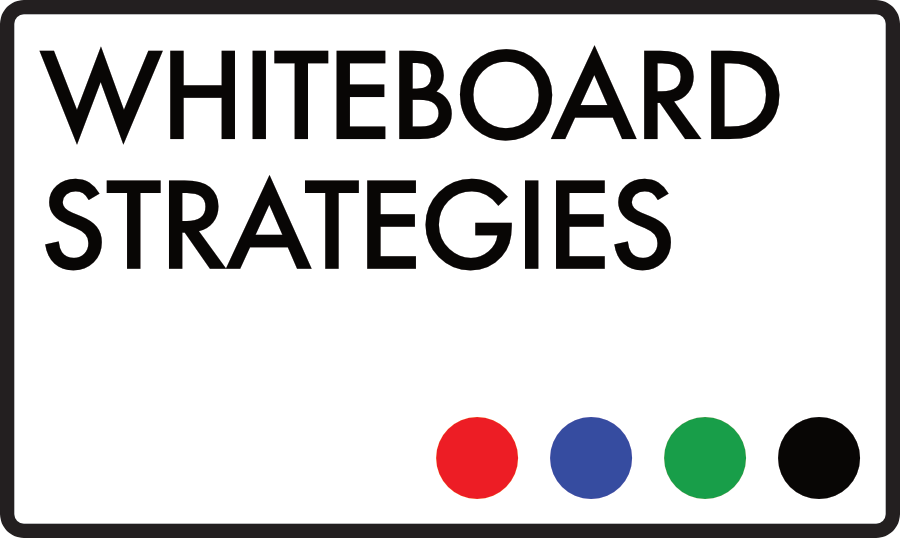Forgive the Youtube screenshot above – this piece isn’t about weaponizing your coffee pot at all – but it does prove a point: the Internet of Things is just starting to get interesting. I say just – I’m sure the less IoT-savvy among you are probably going “Come on Mark, give it a chance – it’s a pretty young idea”. But in reality, Kevin Ashton – the Birmingham-born, MIT-based British technologist – coined the term waaaay back in 1999. It’s taken a while for the tech to catch up with the concept – Ashton couldn’t have had much of a clue what his idea could mean back then, with his dial-up connection and his AOL email address (probably). The internet has become a deeper, broader and altogether more interesting thing than even Ashton would ever have dreamed. Which makes the Internet of Things a much more interesting thing than even Ashton would ever have dreamed.
Anyway, back to my point. It’s getting interesting out there. After years of false-starts and people writing the IoT off as nothing more than the latest round in their ongoing game of buzzword bingo, things are happening. Dell have just set up a IoT division, claiming that “the market is ripe for everyone to play in” (any old friends out there involved with this? Drop me a line and let me know!).
And everyone can come and play in this brave new world, the world of the IoT, because anyone can stick sensors in an inanimate object – lampposts, hotel room doors, roads, almost anything – and have it collecting, relaying and (in theory…) reacting to data. But as Dell’s IoT division’s new exec director Andy Rhodes points out, 95% of the data collected will be useless. That’s the root of most of the problems with big data – the problem with supplying the manpower to analyse it, the problem with drawing meaningful messages from millions of people’s-worth of metrics. Most of it just isn’t useful. It’s like that bit in Jurassic Park where Jeff Goldblum says “you were so preoccupied with whether you could, that you didn’t stop to ask if you should…” There’s been a trend towards mindless data collection because it’s possible, not because it’s useful.
It’s the links between data, and the differences in comparable data that are useful. The mass realisation of that fact has been a real facilitator when it comes to moving the IoT forward from being something that was struggling as a mere concept to something practically useful, usable and (most importantly) deliverable. The days of just grabbing any and all of the data you could get a hold of and paying some poor bastard analyst to sit in a dark room for months at a time, trying to conjure some insight out of it all should be firmly behind us.
The IoT is finally getting interesting, and it’s finally getting important – building real connections between people and their environments, people and other people, people and their tech. I recently read a piece that quoted from a Gartner report that “4.9 billion connected things will be in use in 2015, up 30% from 2014, and will reach 25 billion by 2020”. That’s big, interesting, important news. Driven by developments in hardware, cloud technologies, real-time data collection and relaying, and advances in understanding how, when and why to use data, the IoT is happening. Not in the way that it has been for the last few years, but in a big way.
The good news for tech, telecoms, data and security companies is that there’s a massive amount of work to be done for the IoT to become a practical, day-to-day reality. New products and services, new ways of consuming those products and services, vast amounts of new physical, digital and data infrastructures… it’s a new world. And new worlds present massive opportunities – the IoT needs a world conceiving around it, it needs building, it needs selling, it needs managing and it needs protecting – so buckle up, it’s going to be quite a ride.
Stop thinking of the Internet of Things as just the latest buzzword – it’s much, much more than just having access to wi-fi in your car, or hooking your watch up to your smartphone. It’s about being able to seamlessly and thoroughly integrate the physical and digital worlds – which about as exciting as tech can ever get. The future is now, enjoy being part of the birth of all this.

Recent Comments